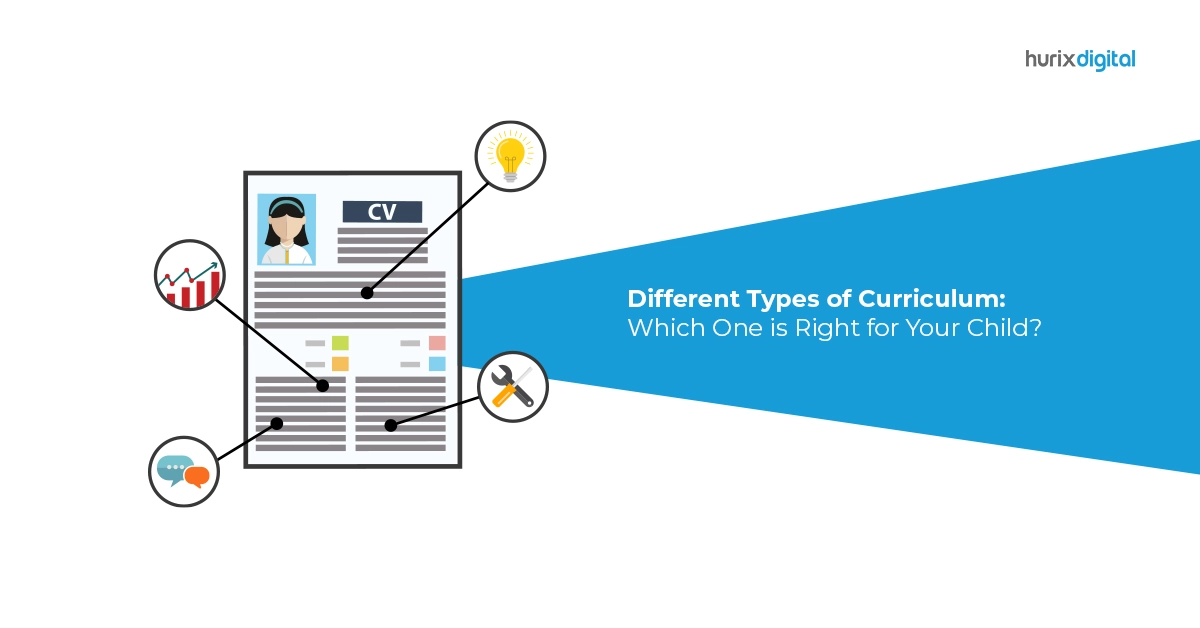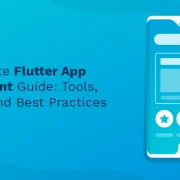
How Educators Must Select and Implement the Best Curriculum for Students
Curriculum is integral to an education system. It is the path that guides student learning experiences and helps teachers evaluate and achieve student learning outcomes. However, curricula can vary significantly, as each type resonates with a particular educational setting, student body, teaching preferences, and even the diploma program (Advanced Placement, International Baccalaureate, etc.).
This makes it essential for educators to be aware of the different types and select one that matches the competency and learning needs of their students. Read on to explore the different types of curriculum and choose the best one for your students.
Table of Contents:
- What is a Curriculum?
- What are the 9 Types of Curriculum?
- How to Select the Right Curriculum for Your Students?
- AI in Curriculum Development
- Conclusion
What is a Curriculum?
The term curriculum refers to a well-organized plan that outlines the academic lessons and content of a particular course. It defines the learning standards and objectives of the course. The curriculum also marks the core competencies a student should achieve before proceeding to the next academic level.
What are the 9 Types of Curriculum?
The right curriculum can help teachers evaluate how to deliver the best lessons to students and enhance their skills and knowledge efficiently.
Let’s take a look at some of the popular curriculum types that are in use:
1. Written Curriculum
Also known as overt or explicit curriculum, this type of curriculum is formally written down. It is one of the few curriculum development models that experts formulate after consulting the subject teachers. This documented curriculum is meant to be followed by teachers, as it creates a benchmark for what needs to be taught.
2. Covert Curriculum
In contrast to the written curriculum, the covert or hidden curriculum is unplanned and not formally documented. This type of curriculum development includes implied rules and unmentioned expectations. Even though this curriculum isn’t planned, educators can use it to influence learning experiences by teaching students cultural values like punctuality, obedience, etc.
3. Subject-Centered Curriculum
This type of curriculum planning helps educators deliver specialized knowledge in a particular subject. Subject-centered curricula are followed by a large number of schools worldwide, forming a part of the formal education system.
4. Student-Centered Curriculum
A student-centered curriculum places importance on the competencies and learning styles of the students. Here, the teachers need to follow a learner-centric approach. This format recognizes the fact that every learner is different. As such, the learning approach is developed to be unique for each student. This learning process has teachers serving the role of facilitators.
5. Activity Centered Curriculum
The activity-centered curriculum follows one of the best practices in curriculum development. Since the learning process involves engaging activities, it evokes student interest, especially in different types of learners (e.g., kinesthetic). Another plus point is that it increases students’ knowledge retention while allowing educators to teach different concepts in a fun way.
6. Teacher-Centered Curriculum
In this curriculum, the focus lies on teachers. They provide learning methodologies that the students need to follow. At the same time, they make students aware of their responsibilities. Their focus lies in delivering content and not catering to students’ desires.
7. Integrated Curriculum
The curriculum is formed by integrating two or more disciplines in this learning process. The disciplines chosen for curriculum integration normally have certain similarities in concepts and themes. This method fosters students’ ability to apply what they grasp and learn in one context to another. This learning process applied by teachers can help students develop life skills.
8. Assessed Curriculum
This curriculum, also known as a tested curriculum, involves assessment processes. It includes tests, quizzes, and other methods that assess students. This curriculum strategy can involve several assessment forms, such as demonstration, presentations, etc.
9. Core Curriculum
This curriculum type involves an array of common courses. It upholds the idea of general education and common learning for all students. Every student is entitled to the same learning experiences as part of this curriculum. These common experiences can be used by educators to prepare students to adapt efficiently to society. This type of curriculum focuses on the holistic growth of the student.
How to Select the Right Curriculum for Your Students?
Now that you have an idea about the various types of curriculum, teachers can help students make an informed decision about their education. For this, you don’t need to be a curriculum specialist.
Remember that an institution’s curriculum should align with each student’s learning style and ensure quality education. Furthermore, it should foster holistic development and promote lifelong learning.
In this context, opting for an institution integrating AI into the curriculum would be a great step forward.
Other suggestions are:
- Assess students’ needs and learning capabilities.
- Establish SMART goals and align the chosen curriculum with the institution’s culture, policies, and education standards.
- Thoroughly evaluate the curriculum content and devise ways to deliver the right knowledge and expertise.
- Choose the most influential curriculum for students that promotes creative and critical thinking, problem-solving, communication, leadership, and team collaboration skills.
- Review the assessment structure, consider professional development, and regularly collect feedback from parents and students.
AI in Curriculum Development
Artificial intelligence (AI) in curriculum development allows educators to create customized learning experiences tailored to the unique needs and performance of each student. This personalization encourages greater student engagement and helps them achieve their learning goals.
When selecting an institution for developing an ideal curriculum, it’s essential to consider how well students can integrate innovative technologies into their daily learning activities.
AI can automate 20%–40% of teachers’ workloads, allowing them to focus more on teaching.
The key benefits of leveraging AI in curriculum development include:
- Personalized Learning: Advanced generative AI can create customized curricula based on specific prompts and develop assessments tailored to each student.
- Engaging Assessments: AI combined with gamified learning can generate engaging assessments that allow learners to progress based on their comprehension, ensuring no student is left behind or feels bored.
- Instant Feedback: AI provides immediate feedback and resources, helping students understand their strengths and areas for improvement in real-time.
Also Read: The Key Principles of Effective Curriculum Development & Design
Final Words
A well-developed curriculum can provide guidance and encourage educators to explore various possibilities in their pedagogical methodologies. Further, incorporating AI in the curriculum can enhance engagement with parents and students as it helps teachers deliver personalized learning and instant support.
If you want to know more about AI in curriculum, you can seek the services of a reliable ed-tech company that offers such innovative learning solutions. Hurix Digital can deliver efficient and engaging eLearning solutions to increase student engagement and boost knowledge retention.
For more information, contact us here!

Senior Vice President
A Business Development professional with >20 years of experience with strong capability to sell new solutions and develop new markets from scratch. New Market Entry Specialist with experience working in the largest emerging markets. Exceptional experience in conceptualizing, ideating and selling new learning technologies like VR AR, etc. across multiple industry verticals.




